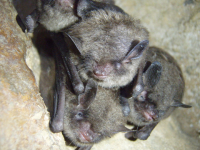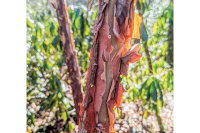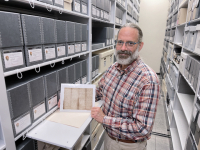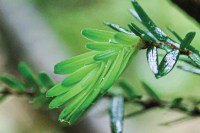GSMNP Superintendent talks visitation, parking tag program
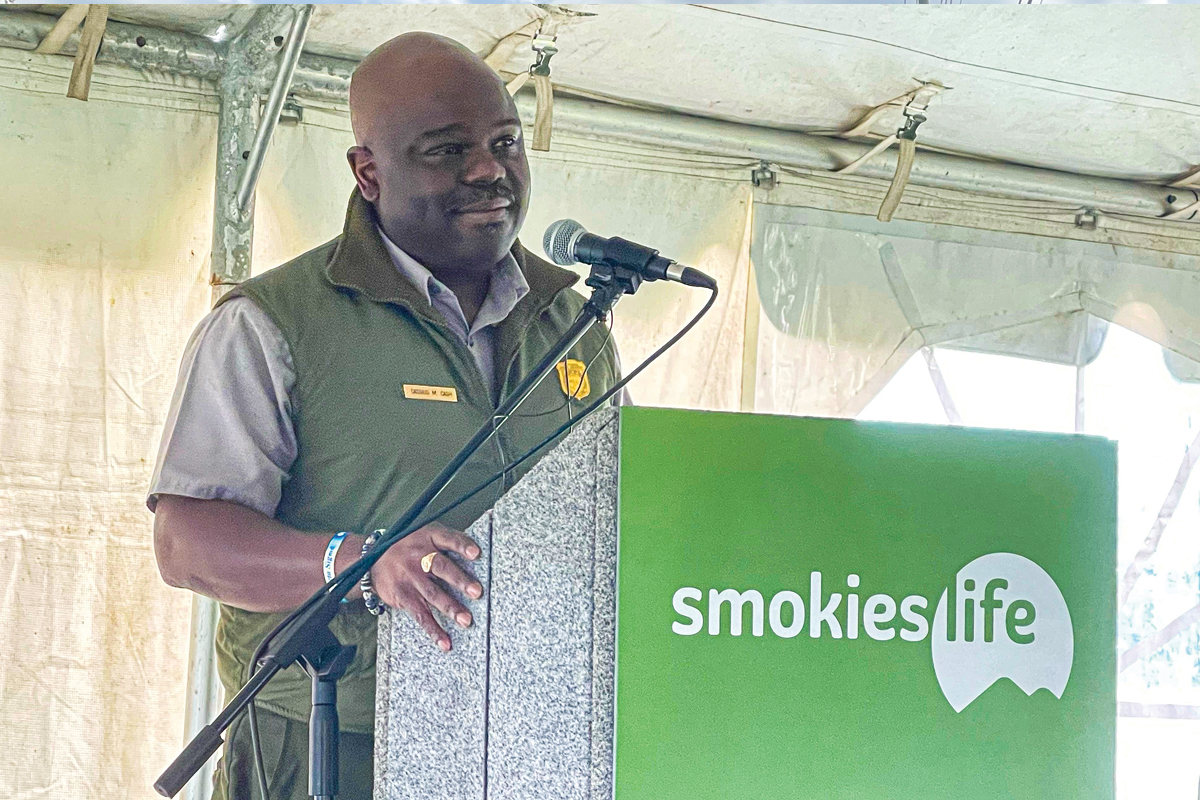 Park Superintendent Cassius Cash said the parking tag program has overcome some early hiccups and continues to improve. Kyle Perrotti photo
Park Superintendent Cassius Cash said the parking tag program has overcome some early hiccups and continues to improve. Kyle Perrotti photo
Great Smokies Mountain National Park has seen new changes in recent years, from soaring record attendance placing it head and shoulders above the field for the most visited national park to a first-of-its-kind parking tag program designed to generate revenue while also protecting visitors and natural resources that has generated the ire of some surrounding communities.
Following the ribbon cutting of the new Smokies Life Welcome Center, The Smoky Mountain News spoke with Park Superintendent Cassius Cash, who offered a brief update on both the slight downturn in visitation since the height of the pandemic and the parking tag program, now entering its second year.
This interview has been lightly edited for clarity.
Smoky Mountain News: With parking tags, we’ve seen the revenue and what that’s gone into , but have you also seen improvement on some of the other issues you’ve seen like fewer people parking where they shouldn’t?
Cassius Cash: We have seen a significant difference and people parking in designated locations. It’s important to remind people why that is, is to make sure that from a safety standpoint that we are not having visitors unnecessarily getting in traffic. It’s about the millions of cars that come through here, and it also is resource-protection driven. And then, as you know, being the most visited national park in the country, congestion is an issue here, so with all of those factors, the parking is significantly improved. We have gotten numerous compliments of being able to drive through a park now and not a parking lot, so the visitor experience has definitely seemed better to me.
SMN: I’ve heard that there were logistical issues early on like there would be with anything when you implement a new program like this. Do you feel like the parking program is a little smoother now?
Related Items
CC: Absolutely. Even with the best laid plan, you will still have things that you didn’t see coming, but what’s been remarkable is that our response time to those has been meeting the expectations of the superintendent’s office. This is something that’s going to be in perpetuity and something that hasn’t been done before, so we were humbled knowing that there were going to be some things we need to not totally change but tweak. Now it’s a lot smoother than a year ago, and we continue to look for a continuation of process of improvement.
SMN: Has enforcement been going well?
CC: We talked about the three E’s: enforcement, engineering and education. That’s the three-legged stool, and when appropriate, we will tap one of those legs as appropriate, and it’s up to law enforcement discretion to do that.
SMN: Visitation has been down slightly looking at last March, and it seems like that about trends with tourism overall in the whole region. Do you have an explanation as to why that might be, why it’s gone down a little bit from that peak?
CC: Remember that last year, it was 13 million visitors, which was the largest number since coming out of COVID. Now, people have more opportunity to have more options. People are getting back on airplanes and traveling to different countries. But we still remain a major destination, when you look at us being within an eight-hour drive of half the United States’ population, the Smokies is still highly sought after. One of the things we want to point out is that visitation may be going down, but through some research and visitor surveys we’ve done, we found out that people that are coming, they’re staying longer, and they’re spending more money. The park still remains the economic engine for the surrounding community, which was the original design for it. Last year, we generated $2.1 billion, and that’s real money, and we’ve generated jobs for over 35,000 people. So visitation may be down a little bit, but it’s vital and has been the economic engine for the for the surrounding community, and that hasn’t waned at all.
SMN: What does that mean for the park? I assume it’s almost a good thing because resources maybe aren’t stretched quite as thin, maybe facilities aren’t as abused? Have you seen any marked changes in any area with that decrease in visitation?
CC: The percentage that is down is very minuscule. When you’re still talking about over 12 million people, your jobs aren’t getting any easier. People are still coming and enjoying it. And we still have the rest of this year. And it’s only April now, so you still are talking about Fourth of July and October. What we’re suggesting to folks is, to reduce that congestion, to not come during the peak seasons and use trails during times that aren’t peak months or peak times of the day. We’re pretty pleased with how we’re getting that message out.





